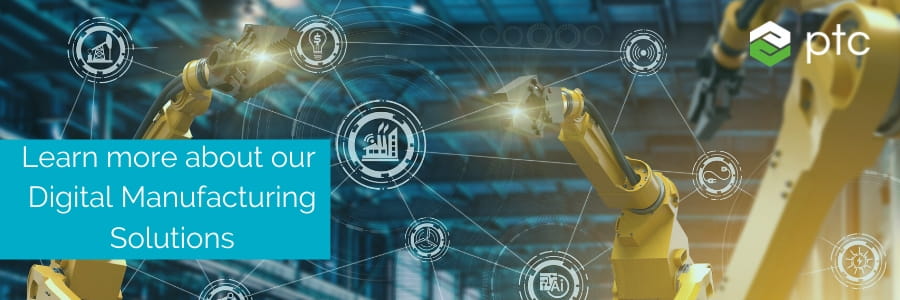Defining Factory Automation and Its Benefits
Factory automation provides a compelling way to boost quality, efficiency, safety, sustainability, and security in a rapidly changing modern factory setting. As competition grows and margins are squeezed, factory automation paves the way towards maximum profitability and better performance.
Defining factory automation
Factory automation is the incorporation of automation from end-to-end manufacturing processes. In manufacturing environments, automation often leverages technologies such as pneumatic systems, hydraulic systems, and robotic arms to create a more complex system. In today’s competitive landscape, automation can help increase outputs and efficiency while decreasing costs. It is also designed to greatly reduce the risks that human operators can be faced with when handling hazardous equipment.
Breaking down the types
Digitization and the industrial internet of things (IIoT) underpin all types of factory automation, but that doesn’t mean all factories approach industrial automation in the same way. Here are some of the ways this can work.
Partially manual processes
This blends automation with human expertise and oversight, for example in partially automated manual workstations. Simple tasks are automated, but a trained professional makes the final decision. Partially manual processes are common in quality assurance and complaint management, for example, where companies feel human judgment should still have the final say.
Automated single machines
Also called automated assembly machines or special purpose machines, these are set up to tackle one specific, repetitive action. That could mean feeding and handling parts or other robotic systems, vision inspecting, packing, welding, cutting, rotary indexing tables, or a number of other single actions.
Automated production lines
These combine a series of workstations, each of which is responsible for one specific operation. These workstations are linked by a transfer system and electrical control system, meaning that the product is passed from machine to machine in a defined sequence, and processed in a different way by each one on its journey to completion. If the production line is fully automated, you don’t need any people at all to be involved in the process. This means that roles reserved for human beings tend to focus on things like system design, monitoring, and supervision, and making enhancement adjustments rather than the actual equipment operation.
End-to-end automated factories
The next step up from here is end-to-end factory automation. These kinds of facilities are often called “lights out” or “dark” manufacturing environments, for the simple reason that you don’t even need to leave the lights on because there are no people in the factory. These factories can run 24 hours a day, 365 days a year and aren't limited by the capacity of human workers. In reality, most factories aren’t at the point where they don’t need anyone at all to oversee and tweak their processes, or to check the quality of the products.
Top 5 benefits of factory automation
1. More consistency: Unlike people, machines don’t have “off” days or erratic break patterns, so results are constant and predictable.
2. Reduced waste: With automation, you calculate exactly how much of a material you need and avoid having too much left over.
3. Improved productivity: By streamlining and automating processes, you fine-tune production lines, working faster and better.
4. Better quality: Not only do you cut out the risk of human error, but you can also continually tweak automated processes to enhance the results.
5. Safer working conditions: Factories are accident-prone hot spots, but the more your equipment can sense potential dangers and shut down accordingly, the more you can control the risk.
Factory automation will deliver value for years to come
Industry 4.0 is well underway. In today’s digital-first factories, cutting-edge industrial technologies are key to your success. These technologies have the power to truly transform your business for the better, ensuring round-the-clock uptime and better security while boosting all your automation processes.
What’s more, investing in automation now pays dividends later. That’s because automation starts saving you money straight away. With the right systems and platforms to facilitate automation across the board, you reap instant benefits and can use the profits to invest incrementally in more automation, year on year. Whereas conventional capital investments lose value over time until they need to be replaced, switching to automation does the opposite, continually boosting performance and delivering ever-increasing value.
